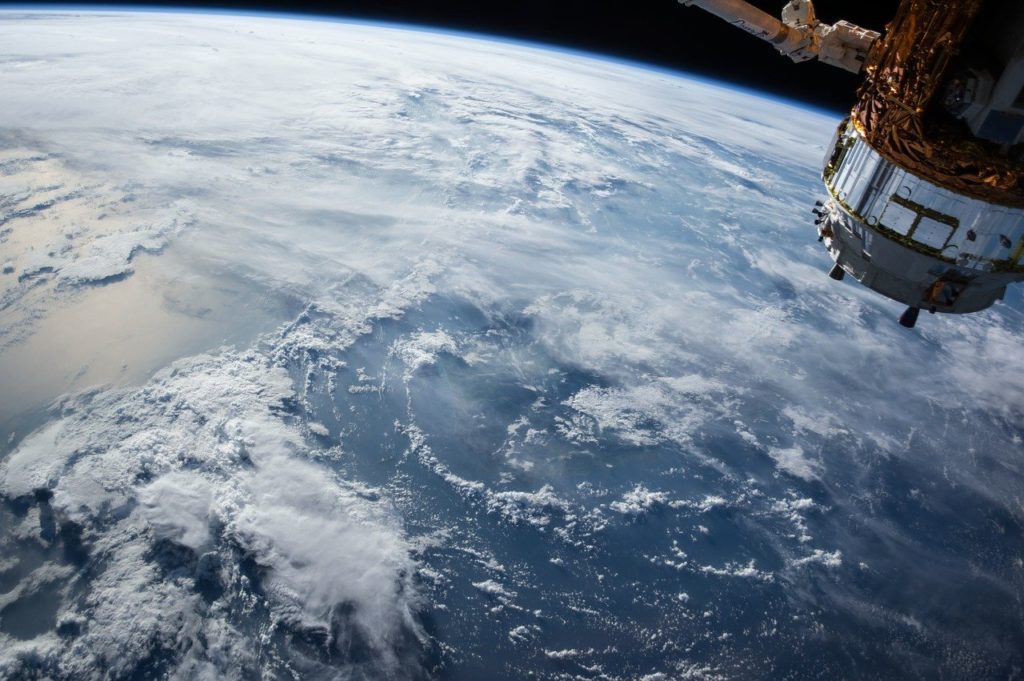The past few weeks have been full of satellite antics for the National Aeronautics and Space Administration (NASA).
On Jan. 30, the Spitzer Space Telescope officially shut down. According to Astronomy, Spitzer launched in 2003 and was only set to perform a five year mission. The telescope took deep-space infrared photos for sixteen years. It is one of four “Great Observatories” launched with the others being Compton Gamma Ray Observatory, Chandra X-Ray Observatory, and Hubble Space Telescope, which all detect a different wavelength of light. Spitzer is the second Great Observatory to retire.
Spitzer had a long and prolific career. It saw early galaxies, distant nebulas, and baby stars in stellar nurseries. Astronomical history will remember it fondly.
In other news, a dead NASA telescope and an old Air Force satellite came dangerously close to colliding above Pittsburg on Jan. 29. According to Business Insider, they had a one in twenty-two chance of colliding. Experts called the odds “dangerous” and “alarming”. The collision would have created a cloud of nearly 300,000 chunks of space debris.
Thankfully, they did not crash, but the possibility brings up questions about the increasing amount of space junk in orbit. With more satellites launching each year, how long can we go before space pollution becomes a legitimate problem?

